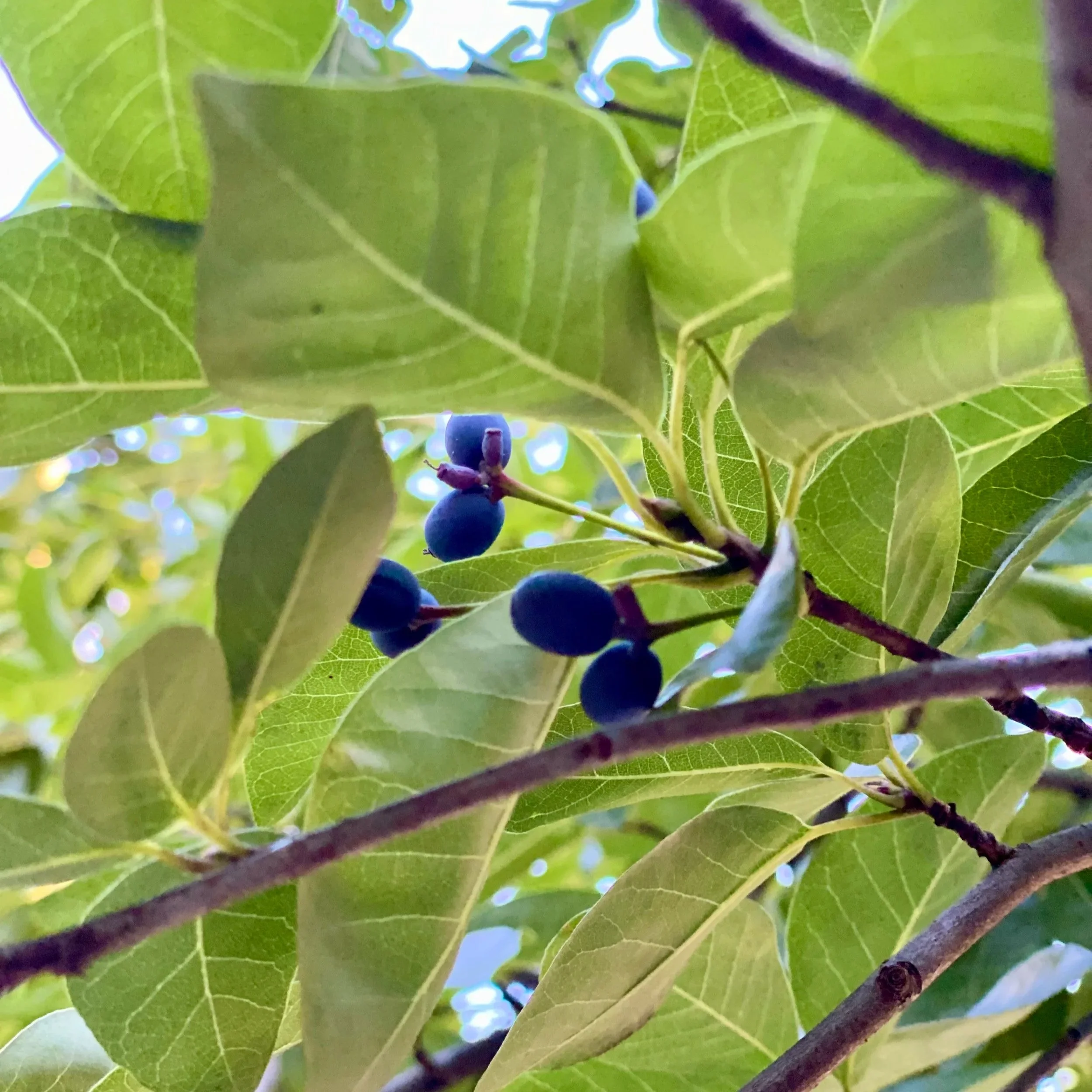Black Locust
I’ve been thinking a lot about plants native to my area, and how they never had the chance to make it into the grand European grimoires. The first Black Locust was not introduced to Europe until the mid to late 18th century.
The Locust Tree in Flower:
Among the leaves bright
green of wrist-thick tree
and old stiff broken branch
ferncool swaying loosely strung—
come May again white blossoms
clusters hide to spill
--William Carlos Williams
It is true that the Black Locust can be rather dark and spindly. However, two weeks of the year it overflows with cascades of intoxicating white flowers. Why, for me at least, this sacred tree takes on such a strong sense of the connection between life and death.
Strength and Resilience:
Remarkably strong and durable wood, grows hearty in poor soil and known to grow through drought, in Cherokee lore the Deer is tricked by the Rabbit into making their own teeth blunt to pay for their antlers on a Black Locust (Sacred Formulas of the Cherokees, James Moody, 1891)
“Maleficium”:
Toxic (primarily proteins: robin, phasin), a particular Cherokee occult disease or curse came from putting a sharpened piece of Black Locust under the victim’s skin (Sacred Formulas of the Cherokees, James Moody, 1891), poppet, perhaps?
Connection to Death and Life Cycles:
All parts poisonous except flowers (fragrant and edible, make a delicious fritter), stands as a skeletal figure on winter’s landscape, chthonic properties in how root system leaches nutrients to other plants, make spirit houses? Health and
Healing:
Particularly resistant to rotting, fixes nitrogen poor soil and revitalizes burdened landscapes faster than most species—healing over burdened systems and/or others?
